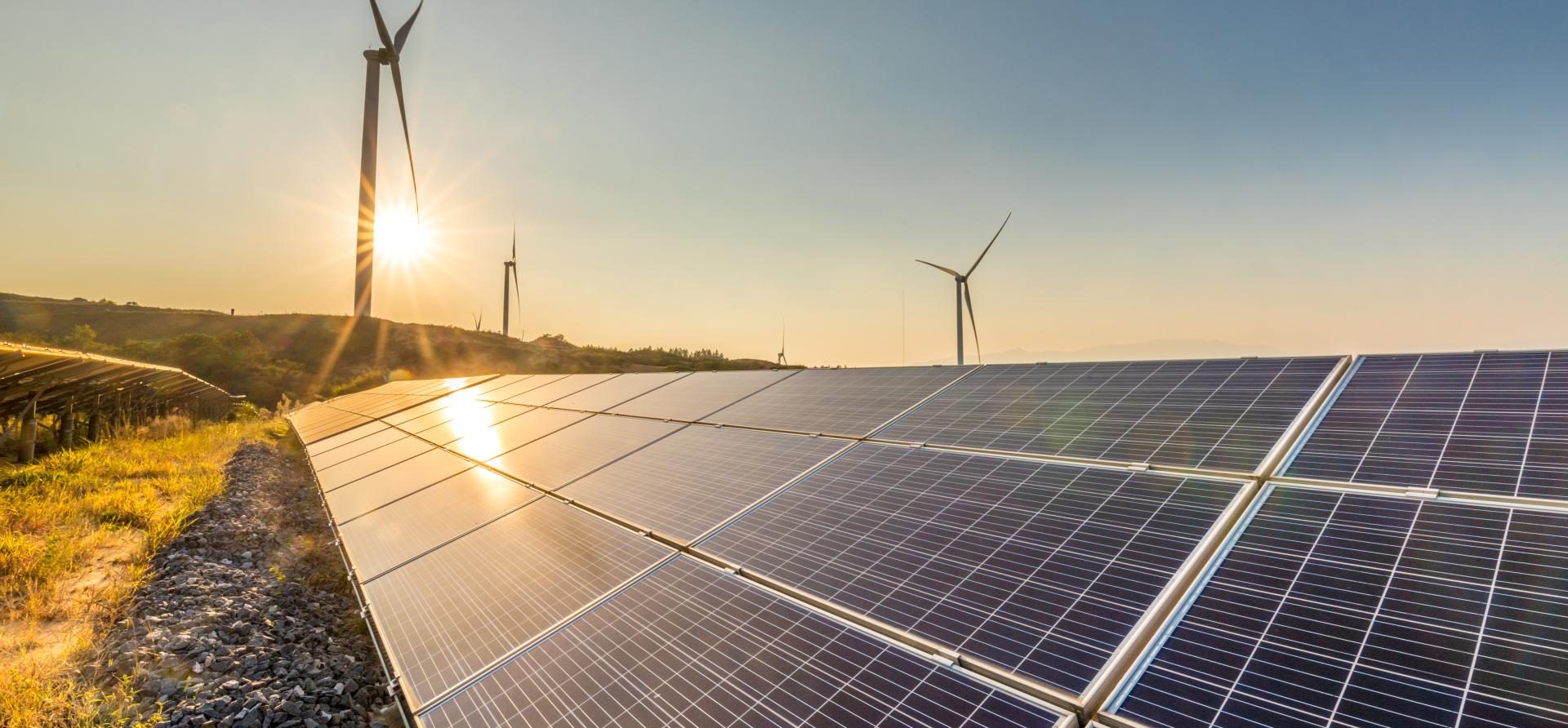Pathways to financial sustainability for PLN through renewable energy development
Download Full Report
View Press Release

Key Findings
The development of renewable energy in Indonesia has been underwhelming and the country's renewable energy mix in 2023 only reached 13.1% due to the dominance of coal-fired power plants.
The massive expansion of coal-fired power plants in fulfilling the mandate from the government of Indonesia created financial problems for its national electricity utility, PT Perusahaan Listrik Negara (PLN).
Indonesia was burdened with US$8 billion of electricity subsidy and compensation in 2022 due to PLN's heavy reliance on coal-fired power plants.
The retirement of coal-fired power plants gradually and the acceleration of renewable energy development, especially solar and wind, can be a win-win solution to achieve PLN's financial sustainability and Indonesia's Paris Agreement commitment.
Executive Summary
In 2023, average global temperatures hit the highest level in the 174-year observational record, reaching 1.45°C (±0.12°C) above pre-industrial levels. As climate change becomes increasingly worrying, renewable energy has surged to the forefront of climate action.
As a signatory to the Paris Agreement, Indonesia committed to a 29% reduction in greenhouse gas emissions by 2030 through its own efforts – or to 41% with international support. In the long term, it pledged to reach net-zero emissions in 2060 or earlier. Despite introducing regulations to support these targets, progress seems to be slow.
Indonesia still depends heavily on fossil-based energy, as shown in the latest data from the Ministry of Energy and Mineral Resources. In 2023, coal contributed 40.5% of the energy mix, whereas renewable energy only accounted for 13.1%. Instead of developing renewable energy power plants to fulfill its electricity needs, Indonesia’s dependence on electricity from coal generation has increased from year to year.
National electricity utility PT Perusahaan Listrik Negara (PLN) as the primary actor in implementing the renewable energy policies, has an important role in decarbonizing Indonesia’s energy sector and developing renewable energy projects in Indonesia. However, the data shows that historically, PLN has not achieved renewable energy targets. A contributing factor has been PLN’s financial instability, which makes it heavily reliant on Government of Indonesia (GOI) subsidies to support its operation and maintenance expenses. The GOI’s establishment of the Fast Track Program (FTP)-1 (2006), FTP-2 (2010), and FTP-3/35,000-megawatt Program (2015) drove a massive expansion of coal-fired power plant capacity. The contractual obligations imposed by power purchase agreements for those projects worsened the situation by increasing the financial burdens on PLN. As a state-owned company supposed to generate profit for the government, PLN is still reliant on financial support from the GOI. In 2022 alone, the subsidy and compensation income from the GOI reached about IDR123 trillion (US$8 billion).
Indonesia only has seven years to fulfill its Paris Agreement commitment. The development and utilization of renewable energy is vital to fulfilling these commitments. This report takes a deep dive into the renewable energy challenges in Indonesia by focusing on:
- The failure of Indonesia to achieve its renewable energy targets and the reasons behind it
- PLN, as Indonesia’s agency to implement energy policies, struggles to maintain its financial position
- How renewable energy, especially solar and wind, can be a win-win solution to achieve both PLN’s financial sustainability and meet Indonesia’s Paris Agreement commitment















